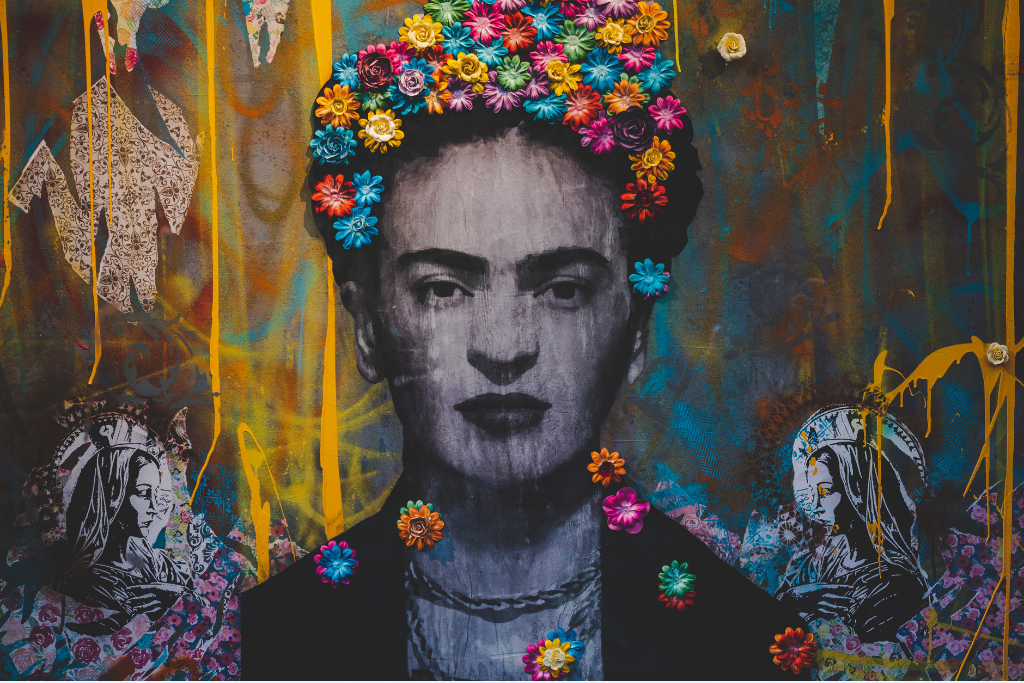You’ve heard the fear: “AI will replace artists.” Let’s put that to bed. The truth in September 2025 is that AI isn’t an artistic replacement—it’s an extension of your creative will. The most innovative artists, designers, and writers are no longer using AI for a cheap trick. They’re using it as a tireless co-creator, a research assistant, and a visual brainstorming partner that unlocks ideas and speeds up workflows you never thought possible.
AI is no longer a separate app. It’s now a core feature of the tools you already use, and mastering it is the new superpower.
AI is Now Your Creative Wingman
The days of staring at a blank page are over. Here’s how creatives are leveraging AI to make their workflows faster, smarter, and more imaginative:
- For Designers: Adobe’s full integration of Firefly into its Creative Cloud suite has made AI a seamless part of the design process. Need a hyper-realistic background for a product shot? Generative Fill does it in seconds. Stuck on a color palette? AI-driven suggestions give you professional options instantly. This means you spend less time on tedious tasks and more on the final, impactful creative direction.
- For Video & Motion Artists: Tools like Runway ML and Google’s Veo have fundamentally changed video creation. Instead of spending hours on a single clip, you can now generate realistic video footage from a text prompt. Need to change the background of a shot or create a smooth, stylized transition? The grunt work is now automated, freeing you to focus on the story and the edit.
- For Musicians & Producers: AI is your new bandmate. Platforms like Murkeka and AIVA can act as a co-composer, generating original melodies or harmonies in a specific style. Tools like LANDR provide AI-powered mixing and mastering, giving you a professional-grade sound without the need for an expensive studio. The best part? You can train some of these models on your own tracks to generate new music in your unique style.
The Nugget on Ethics and Ownership
The new creative landscape comes with new questions. The biggest one? “Who owns the work?” While legal frameworks are still catching up, the best practice is to understand where your AI’s training data comes from and to use tools that offer clear intellectual property rights for your final output. View this not as a roadblock but as an essential part of the modern creative process.
The Final Nugget
Your creativity isn’t threatened by AI—it’s supercharged by it. The true value lies not in what the AI can create on its own, but in what you can direct it to do. Your role as a creative is more important than ever: you are the visionary, the curator, and the final decision-maker.
Ready to start? Don’t get stuck on the “what if.” Pick one of your most repetitive creative tasks—like generating mood boards or creating social media clips—and find a dedicated AI tool to help you. The future of your creative work isn’t coming; it’s already here, waiting for you to collaborate.



